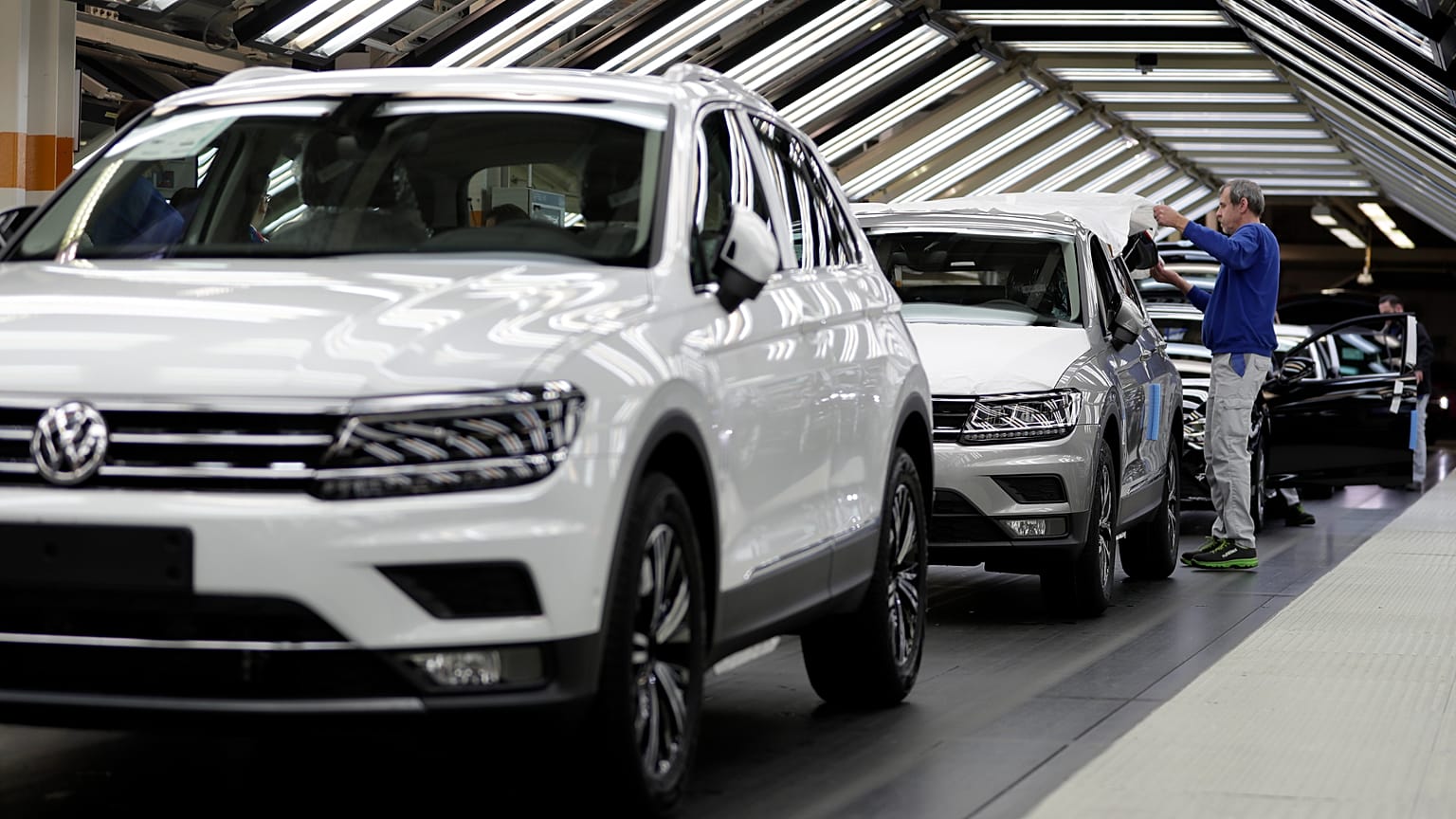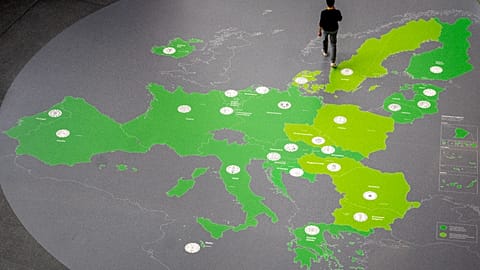From budget-friendly bicycles to expensive cars, Euronews Business takes a closer look at how the price levels of personal transport equipment vary across Europe, revealing the most and least expensive countries.
Comparing car prices across Europe is a complex challenge. Focusing on one or a few specific models might seem like a reasonable approach, but it can be misleading.
Such comparisons fail to capture the broader market situation within each country, as car brands follow different pricing and marketing strategies. Used car prices also vary widely across Europe, further complicating direct comparisons.
The price level index for ‘personal transport equipment’, published by Eurostat, is one way to look at differences between countries. The data includes motor cars, motorcycles, and bicycles, while excluding maintenance, repairs, spare parts, and fuel. For motor cars, the data covers both new and used vehicles.
The index uses €100 as the EU average, showing how prices differ from that baseline across countries.
The most expensive country
Turkey is by far the most expensive country for cars and other personal vehicles among 36 European nations. Prices are 36.4% higher than the EU average, meaning that a vehicle costing €100 in the EU would cost €136.40 in Turkey. Although still at the top of the list, prices have actually eased slightly, as this figure was €147.10 in 2021.
Denmark is the most expensive country within the EU, with costs 19.1% higher than the EU average.
“The direct taxation of cars (VAT + purchase-related taxes and fees specific to cars) differs vastly within the EU. Denmark is a high-tax outlier, which explains the high price index for Denmark,” Georg Strasser, researcher at the European Central Bank (ECB), told Euronews Business.
Across all 36 countries, Iceland (18.1%), the Netherlands (14.3%), Ireland (10.3%), and Switzerland (10.2%) are among the other nations where car and personal vehicle prices are at least 10% higher than the EU average.
North Macedonia and Slovakia are the cheapest
The cheapest countries for personal transport equipment are North Macedonia and Slovakia. When the EU average is set at €100, the same items cost €87.70 in North Macedonia and €88.60 in Slovakia. This means car and other personal vehicle prices are 12.3% and 11.4% cheaper, respectively.
Slovenia (8.7%), Cyprus (8.6%), the Czech Republic (8.4%), Norway (8.3%), Latvia (7.5%), as well as Montenegro and Poland (both 7.2%), are other relatively cheaper countries where car and personal vehicle prices are at least 7% lower than the EU average.
Spain is the cheapest among EU’s ‘Big Four’
Among the EU’s four largest economies, Spain is the cheapest country for cars and personal vehicles, with prices 3.8% lower than the EU average. Germany is the only one above the EU average, but only by 0.4%. France and Italy are very close to the average, with prices just 0.2% and 0.3% cheaper, respectively.
“Within the EU, I suspect that taxation and pricing-to-market are still the two main factors behind the cross-country price differences. Outside of the EU, also regulatory differences can be relevant,” Strasser said.
Pricing-to-market
Georg Strasser emphasised that differences in consumer preferences between countries, such as for certain brands, certain features, general affluence, and willingness to pay, create an incentive for manufacturers to differentiate prices between markets.
“This works only if arbitrage, i.e. the cross-border selling of cars, is limited,” he added.
His paper with Eyal Dvir, principal at Boston-based consulting firm Charles River Associates, provides evidence that car manufacturers price to market, treating countries as separate marketing regions even within the EU.
“It is essentially the hassle of buying a car abroad (or from an importer or re-importer) and accepting the potential slight differences in model features, which sustains such price differences even within the EU,” he said.
This also allows prices to be tailored to differences across countries in brand preference, income levels, and so forth.
Power types: Country policies matter
Strasser noted that the taxation effect is more subtle for most countries, especially if the tax code differentiates by the car’s characteristics.
He also pointed out that, in every country, certain car models tend to be relatively more expensive, while others are relatively cheaper compared to the EU average.
“[This] induces consumers to purchase relatively more of the cheaper model,” he said.
Taking the taxation of electric cars as an example, he referred to the complexity of comparing prices and Eurostat index: “A country taxing conventional cars at a high rate, but at the same time exempting electric cars from taxation might on average look like an ‘expensive’ country, as the price level index uses the expenditure share averaged over all participating countries.”
While it reflects 2022 figures, the OECD’s data on 'car prices before tax and after all taxes' is useful for understanding the impact of taxation. However, the VAT rate alone does not explain why car prices vary so significantly before and after tax across Europe. Other taxes, fees, and bonus–malus schemes are also responsible for these differences.


















